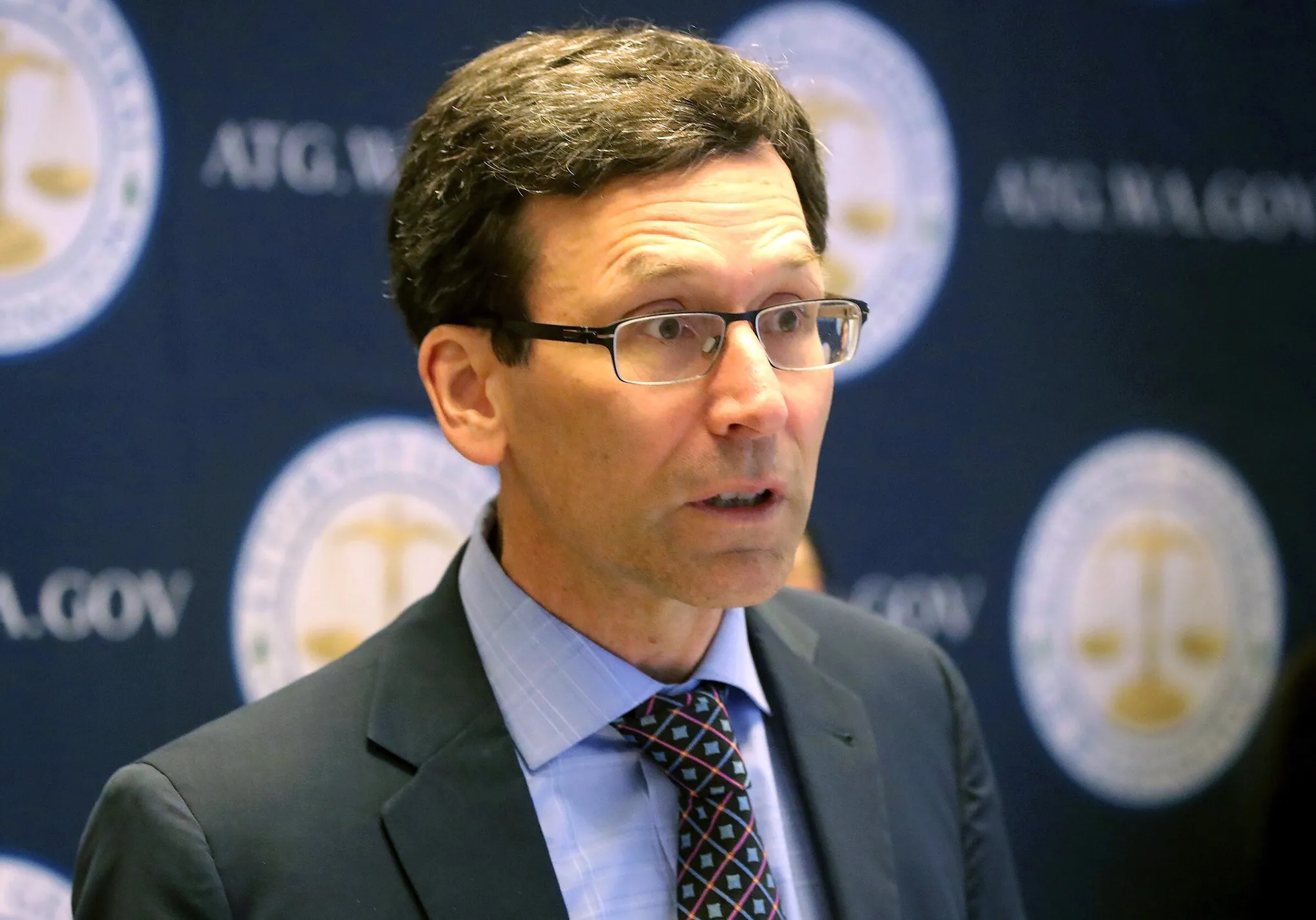Now that Washington’s “assault weapon” ban is in place, a lot of questions are swirling around as to whether or not this will actually help reduce violent crime. It would be easy to think that the talking heads and politicians that advocated for such a ban would be on solid footing before proposing such monumental legislation, given that they are entrusted with preserving the rights and freedoms of the people they serve. That is not, however, the case. The ban in Washington, as in every state that has one, is one with shaky evidence to support it (at best), and is of highly questionable constitutionality. Let us take a look at some actual data involving this topic, since the politicians who created, and supported, the bill apparently did not.
In recent years, the topic of gun control has sparked intense debates, with proponents and opponents fiercely advocating their respective positions. One aspect that frequently emerges from these discussions is the effectiveness of assault weapon bans in curbing violent crime. While proponents argue that such bans are necessary to enhance public safety, a closer examination reveals that they often fail to achieve their intended purpose. In brief, we will delve into the reasons why assault weapon bans lack effectiveness in reducing violent crime.
- Defining Assault Weapons: “Assault” is a verb. There are no “assault weapons.” What a human does with a weapon–whether a gun or a fork–can be an assault. The very term “assault weapon” is hyperbole and intended to stoke political ire. Similarly, the catch phrase “weapons of war” that often gets thrown out around guns of the AR-platform (that’s Armalite Rifle, not Assault Rifle, despite what fearmongers tell you) is equally as heinous. No war has been fought with AR-15 rifles. If one had been, it would be very short, as the AR-15 is not a platform suitable to make an army a contender in a serious conflict.
- Low Prevalence and Use in Crimes: Contrary to popular belief, assault weapons account for a small fraction of overall gun violence. The vast majority of crimes are committed using stolen or otherwise illegally acquired handguns, not assault rifles. According to the Federal Bureau of Investigation (FBI), rifles of any kind, including those deemed assault weapons, were involved in less than 3% of homicides in recent years. This data challenges the assumption that banning assault weapons will have a significant impact on reducing violent crime rates.
- Existing Weapons Still Pose a Threat: Even if assault weapon bans were to be implemented, it would not eradicate the already-existing firearms in circulation. Millions of legally-owned firearms, including assault weapons, are already in the possession of law-abiding citizens. Criminals who intend to commit acts of violence can easily adapt and find alternative means to carry out their plans, such as utilizing other firearms or resorting to illegal channels to acquire prohibited weapons. Therefore, the focus should be on addressing the root causes of violence and finding comprehensive solutions that address all types of firearms rather than singling out a specific category.
- Misdirected Resources: Implementing and enforcing assault weapon bans require considerable resources, both financial and administrative. These resources could be better allocated towards initiatives that have a more significant impact on public safety, such as improved mental health services, community policing, and early intervention programs. By concentrating efforts on measures that address the complex underlying factors contributing to violence, we can foster a safer society for everyone.
- Second Amendment Considerations: The Second Amendment of the United States Constitution guarantees the right of citizens to bear arms. While this right is subject to reasonable regulations, any restrictions must be carefully balanced with individual freedoms. Implementing sweeping assault weapon bans raises constitutional concerns which have already had mixed results in court (even pre-Bruen) and face significant opposition from those who value their right to self-defense. Striking a balance that respects both public safety and individual liberties is paramount.
Looking at existing research, one of the earliest reviews of the federal ban previously in place in America (Department of Justice, Updated Assessment of the Federal Assault Weapons Ban: Impacts on Gun Markets and Gun Violence, 1994-2003) showed it to be inconclusive in reducing violent crime, specifically pointing out the low prevalence of guns deemed “assault weapons” being used in shootings in the first place.
While the desire to reduce violent crime is admirable, it is crucial to critically evaluate the effectiveness of proposed solutions. Assault weapon bans, despite their widespread support, have shown limited effectiveness in curbing violent crime. By examining the low prevalence of assault weapons in criminal activity, the persistence of existing firearms, the misdirection of resources, and the need to respect constitutional rights, it becomes evident that alternative approaches to reducing violence warrant more attention. It is imperative to focus on evidence-based strategies that address the root causes of violence and foster a comprehensive approach to public safety.





